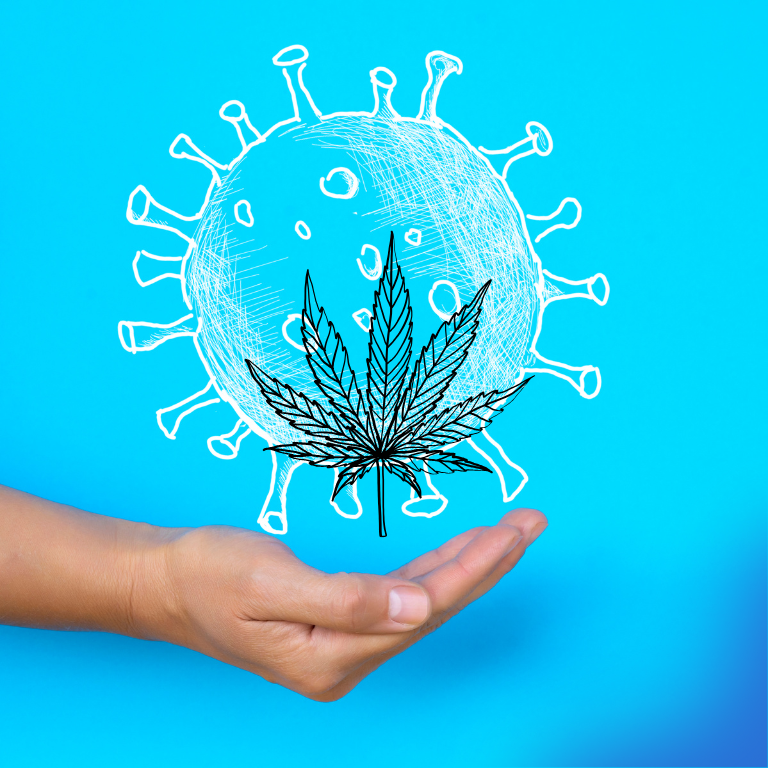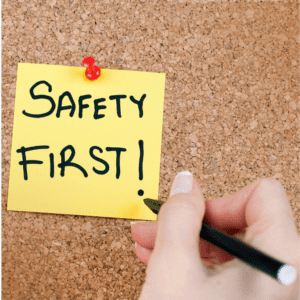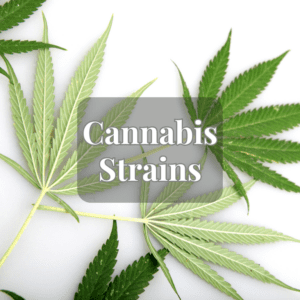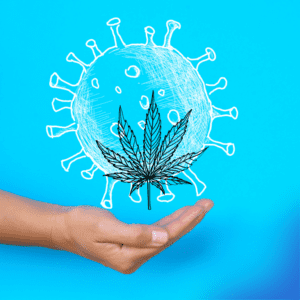Washing Hemp: How to Remove Contaminants Effectively

As hemp continues to gain popularity across the world, especially in industries such as textiles, food, and wellness, the importance of ensuring the cleanliness and purity of the plant becomes increasingly vital. Hemp, like any other agricultural product, can accumulate contaminants during its growth and post-harvest processing stages. These contaminants may include dirt, pesticides, mold, and even heavy metals from the soil. Washing hemp properly is essential to remove these unwanted substances and ensure that the final product is safe for use.
This article will explore why washing hemp is necessary, the potential contaminants found on hemp plants, and effective techniques to clean hemp and remove impurities without compromising its quality.
Why Washing Hemp Is Necessary
Hemp is a versatile crop used in various industries such as textiles, nutrition, and wellness. For instance, hemp seeds are used to produce protein powders and oils, hemp fiber is used in clothing and building materials, and the plant’s CBD extract is widely popular in wellness products. Regardless of the end-use, the purity of the hemp plant is crucial to maintaining both the safety and effectiveness of the product.
Like many crops, hemp can pick up contaminants from its environment, including dirt, dust, and pollutants. Hemp plants, especially those grown outdoors, are exposed to a variety of environmental factors that can leave residues on the surface of the leaves, stalks, and seeds. These contaminants can affect the quality of hemp-derived products, reduce shelf life, and pose health risks to consumers.
Furthermore, hemp is known to be a “bioaccumulator,” meaning it absorbs and stores heavy metals and other toxins from the soil. This makes it particularly important to wash hemp thoroughly to remove any harmful substances before processing.
Common Contaminants Found in Hemp
Before diving into the methods for washing hemp, it’s important to understand the types of contaminants that can be found on the plant. The most common contaminants include:
Dirt and Dust: These are the most obvious contaminants and can easily cling to hemp plants, especially when grown outdoors. Dust and soil particles settle on the plant’s surface and need to be removed to maintain cleanliness.
Pesticides and Herbicides: If hemp is grown in non-organic environments, there’s a possibility that chemical pesticides and herbicides have been used. Residue from these chemicals can be harmful, especially if the hemp is intended for consumption or wellness products.
Mold and Mildew: Hemp plants are susceptible to mold and mildew, especially in humid conditions. Mold spores can affect the quality of hemp and pose health risks to consumers, particularly if the plant is used for smoking or ingesting.
Heavy Metals: As a bioaccumulator, hemp can absorb heavy metals such as lead, mercury, and cadmium from the soil. These contaminants are not visible to the naked eye, making it even more critical to clean hemp properly before processing.
Microbial Contaminants: Bacteria, fungi, and other microorganisms can thrive on hemp plants, especially during the drying and curing stages. These microorganisms can lead to contamination and spoilage of the final product.
Effective Techniques for Washing Hemp
Washing hemp is a crucial step in ensuring that these contaminants are removed and that the plant is clean and safe for processing. Several methods can be employed to effectively clean hemp, depending on the type of contaminants present and the intended use of the hemp product.
Water Rinse
The simplest method for cleaning hemp is a thorough water rinse. This technique is especially effective at removing dirt, dust, and water-soluble contaminants. A basic rinse can be used for fresh hemp plants just after harvest, particularly if they are being used for non-consumable purposes such as fiber production.
Steps:
- Harvest the hemp and immediately rinse the plants using clean, cold water. The water should flow continuously to wash away as much dirt and debris as possible.
- Gently shake off excess water and allow the plants to air-dry in a well-ventilated area.
- Ensure that no standing water remains on the plants, as moisture can encourage mold growth.
This method is efficient for cleaning surface-level contaminants but may not be sufficient for removing chemical residues or deep-set impurities.
Hydrogen Peroxide Solution
For a more thorough cleaning, particularly if you’re dealing with potential mold, mildew, or pesticide residues, a solution of water and hydrogen peroxide can be used. Hydrogen peroxide is a natural cleaning agent that helps break down mold spores and disinfects the plant without leaving harmful residues.
Steps:
- Mix a solution of 3% hydrogen peroxide with water in a ratio of 1 part hydrogen peroxide to 4 parts water.
- Submerge the hemp plants in the solution for a few minutes, allowing the hydrogen peroxide to clean the surface of the plants.
- Rinse the plants thoroughly with clean water to remove any remaining solution.
- Dry the plants completely by hanging them in a well-ventilated space to prevent mold formation.
This method is ideal for removing microbial contaminants and ensuring that the hemp is clean before moving to the drying or curing stage.
Vinegar and Baking Soda Solution
Another effective cleaning method involves using a combination of vinegar and baking soda. This solution can help remove both pesticides and bacteria from hemp plants while being gentle enough not to harm the plant’s structure.
Steps:
- Create a solution by mixing 1 cup of vinegar and 1 tablespoon of baking soda in a gallon of water.
- Submerge the hemp plants in the solution for 2-3 minutes, allowing the cleaning agents to work.
- Rinse the plants with clean water to remove any remaining solution and contaminants.
- Allow the plants to air-dry completely.
Vinegar is a natural disinfectant, while baking soda acts as a mild abrasive, making this method effective for washing hemp that may have been exposed to chemical treatments or microbial growth.
Alcohol-Based Cleaners
For hemp intended for consumable products like CBD oil, alcohol-based cleaners may be employed to ensure thorough removal of oils, residues, and contaminants. Ethanol is often used in this process, as it effectively breaks down contaminants while being safe for consumption.
Steps:
- Lightly spray the hemp plants with food-grade ethanol and let it sit for a minute.
- Rinse the plants with clean water to remove any ethanol residue.
- Dry the plants in a controlled environment, ensuring that no moisture is left on the plants.
Ethanol can help remove oils and contaminants that water alone might not address, making it ideal for high-grade hemp production.
Ozone Treatment
For industrial-scale hemp processing, ozone treatment is an advanced method used to sterilize hemp plants. Ozone gas is a powerful disinfectant that can kill bacteria, mold, and viruses without leaving harmful residues.
This method is usually reserved for large-scale operations where consistent quality and cleanliness are paramount. Ozone treatment is an efficient way to remove deep-seated contaminants without using chemical agents.
Best Practices for Post-Washing Care
After washing hemp, it’s essential to ensure proper drying and storage to prevent the reintroduction of contaminants. Here are some best practices:
Drying: Always dry hemp plants in a clean, well-ventilated area to prevent mold growth. Use drying racks or hang the plants in an environment with controlled humidity.
Storage: Store dried hemp in airtight containers to prevent exposure to moisture and contaminants. Ensure the storage area is cool, dry, and free from pests.
Regular Monitoring: If you’re working with large quantities of hemp, regularly inspect the plants for any signs of contamination or spoilage.
Washing hemp is a crucial step in the post-harvest process that ensures the removal of contaminants and maintains the quality and safety of the product. Whether you’re using a simple water rinse or more advanced methods like hydrogen peroxide or ozone treatment, keeping hemp clean is essential for delivering safe, high-quality products to consumers. By incorporating proper washing techniques and post-washing care, you can ensure that your hemp remains pure and free from harmful contaminants, ready for any industry application.











